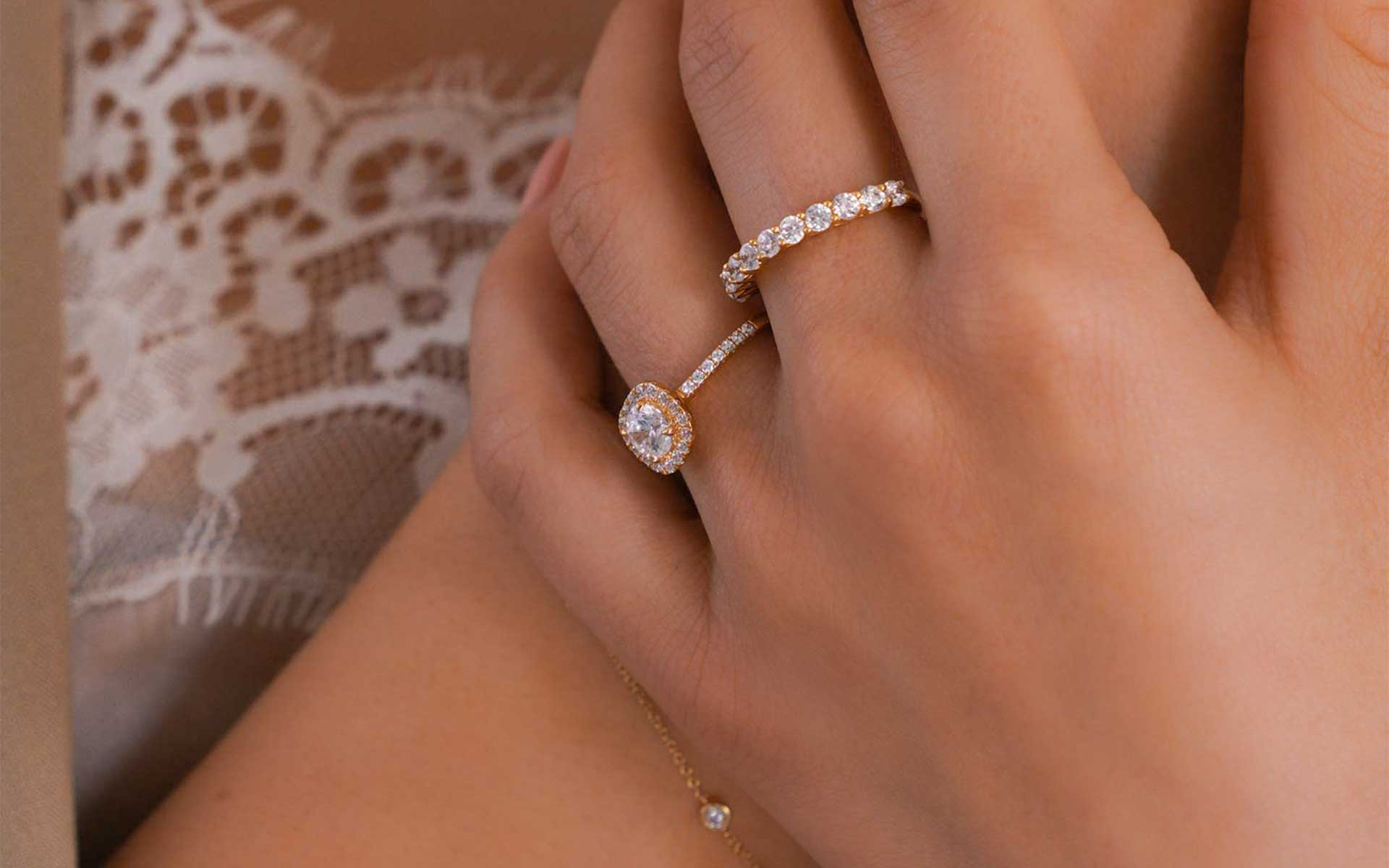
In the realm of precious stones, diamonds hold a significant allure. They symbolize love, beauty, and eternal commitment. However, behind the sparkle lies a complex world that extends far beyond their aesthetic appeal. Among the various types of diamonds, two terms often emerge: blood diamonds and lab diamonds. Understanding the distinction between these two is not only crucial for consumers but also imperative for ethical and environmental considerations within the diamond industry.
The Enigma: What Are Blood Diamonds?
what is a blood diamond, also known as conflict diamonds, are diamonds that are mined in war zones and sold to finance armed conflict against governments. The term gained prominence in the late 1990s and early 2000s when the extent of their detrimental impact on human lives and communities became widely recognized. These diamonds are often extracted through exploitative means, involving forced labor, child labor, and human rights abuses.
The trade of blood diamonds has been linked to fueling conflicts in various regions, particularly in Africa. These conflicts have led to immense suffering, loss of lives, and displacement of communities. The revenue generated from the sale of blood diamonds has financed armed rebellions, perpetuating violence and instability in affected areas.
Shining Ethical Alternatives: The Rise of Lab Diamonds
In contrast to blood diamonds, lab diamonds offer a beacon of ethical and sustainable practices within the diamond industry. Also referred to as synthetic diamonds or cultured diamonds, lab diamonds are created in controlled laboratory environments rather than being mined from the earth. These diamonds possess identical physical, chemical, and optical properties to natural diamonds, making them indistinguishable to the naked eye.
The process of creating lab diamonds involves replicating the conditions under which natural diamonds form deep within the Earth’s mantle. Advanced technological methods, such as Chemical Vapor Deposition (CVD) and High-Pressure High-Temperature (HPHT) processes, enable scientists to mimic the natural diamond growth process with precision.
Key Distinctions: Blood Diamonds vs. Lab Diamonds
1. Origin:
- Blood Diamonds: Mined in conflict zones, often associated with human rights abuses and armed conflicts.
- Lab Diamonds: Ethically produced in controlled laboratory environments, devoid of any association with conflict or exploitation.
2. Environmental Impact:
- Blood Diamonds: Extraction processes can result in deforestation, soil erosion, and pollution of water sources.
- Lab Diamonds: Minimal environmental impact, as they do not require extensive mining and excavation of natural resources.
3. Ethical Considerations:
- Blood Diamonds: Associated with human rights abuses, including forced labor and child exploitation.
- Lab Diamonds: Produced ethically, without endangering human lives or supporting conflicts.
4. Traceability:
- Blood Diamonds: Often lack transparency in their supply chain, making it challenging to trace their origins.
- Lab Diamonds: Traceable from production to sale, ensuring transparency and accountability in the supply chain.
Making Informed Choices: The Consumer’s Role
As consumers, we hold the power to drive positive change within industries through our purchasing decisions. When it comes to diamonds, opting for lab-grown alternatives can significantly contribute to ethical and sustainable practices. By choosing lab diamonds over blood diamonds, consumers can support initiatives that promote fair labor practices, environmental stewardship, and peace-building efforts in affected regions.
Embracing Sustainability: The Environmental Impact of Diamond Production
One of the most significant advantages of lab diamonds lies in their minimal environmental footprint. Traditional diamond mining often entails extensive excavation, leading to habitat destruction, soil erosion, and water contamination. In contrast, lab diamond production requires significantly fewer resources and eliminates the need for large-scale mining operations. By choosing lab-grown diamonds, consumers can contribute to the preservation of ecosystems and natural habitats, aligning their jewelry purchases with their commitment to environmental conservation.
Bridging the Gap: The Evolution of Consumer Preferences
As awareness of ethical issues surrounding diamond mining continues to grow, consumer preferences are evolving accordingly. Many individuals are now seeking alternatives that align with their values of social responsibility and ethical consumption. Lab diamonds offer a compelling solution, providing consumers with the assurance that their purchase does not contribute to human rights abuses or environmental degradation. This shift in consumer mindset underscores the importance of transparency and accountability within the diamond industry, prompting companies to prioritize ethical practices and sustainability initiatives.
A Catalyst for Change: Industry Innovation and Collaboration
The rise of lab diamonds represents more than just a market trend; it signifies a fundamental shift towards ethical sourcing and responsible business practices. Industry leaders, including diamond manufacturers and retailers, are increasingly recognizing the importance of transparency and ethical sourcing in meeting consumer demands. Collaborative efforts are underway to establish rigorous standards for lab diamond production and ensure traceability throughout the supply chain. By fostering innovation and collaboration, the diamond industry has the potential to set new benchmarks for ethical conduct, paving the way for a more sustainable and socially conscious future.
Conclusion
In a world where ethical considerations are increasingly paramount, the diamond industry stands at a crossroads. The juxtaposition of blood diamonds and lab diamonds exemplifies the stark contrast between exploitation and innovation, conflict, and conscience. As awareness grows, so does the demand for ethical alternatives. By embracing lab diamonds, we not only adorn ourselves with exquisite jewels but also uphold values of integrity, compassion, and responsibility.

